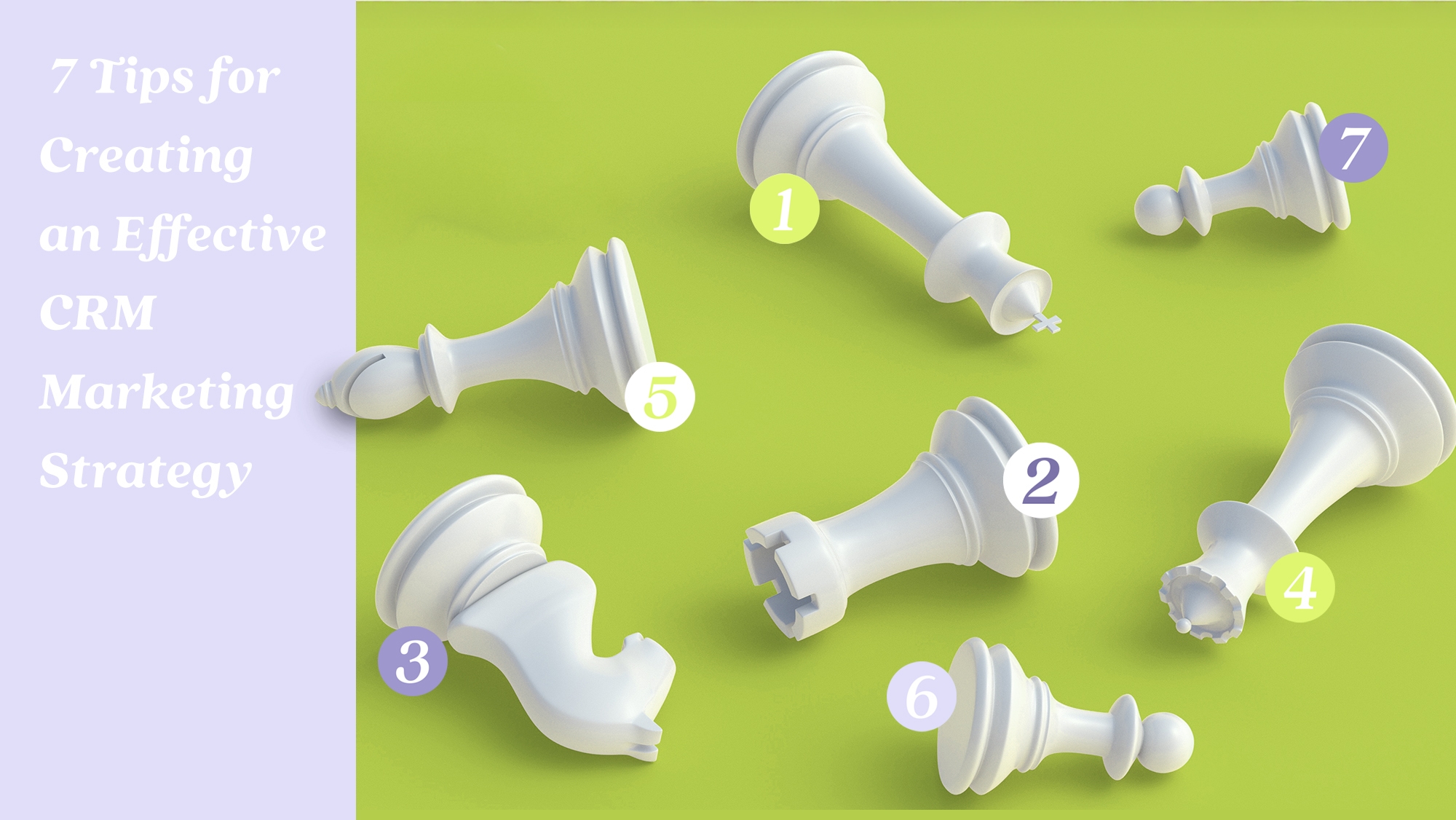
AI and the Retail Marketer’s Future
How AI transforms strategy and processes, driving the adoption of Positionless Marketing
Future Commerce's Positionless Marketing Guide

A CRM (Customer Relationship Management) Marketing strategy ensures brands deliver personalized, relevant communications for each customer's journey. It is at the heart of driving customer loyalty, retention, growth, and a brand’s profits. This post is a top-line guide for marketers to create an effective CRM strategy.
CRM marketing encompasses all the strategies, tactics, and technologies that marketers use to manage and enhance relationships with their customers throughout the customer lifecycle. The primary goal of CRM marketing is to drive customer loyalty, retention, revenue, and customer lifetime value.
CRM Marketing involves using strategies and technologies to manage customer relationships. It focuses on optimizing interactions throughout the customer lifecycle to improve loyalty and retention. The essence of CRM marketing is to create a seamless and personalized customer experience that fosters long-term engagement and value.
CRM Marketing channels include email, in-app messaging, SMS, digital ads, web push notifications, mobile push notifications, and more. A successful CRM marketing strategy involves leveraging multiple channels to reach customers in the most effective manner, ensuring the right message is delivered at the right time through the right channel.
CRM Marketing automation involves using software to automatically respond to customer activities and enhance the overall customer relationship. This automation should start with the customer -- from their first interaction with a brand and continue throughout their journey. It captures relevant data, generates personalized communications, and optimizes future interactions based on previous responses. Automation allows marketing teams to manage large volumes of customers strategically, freeing up time for creative tasks.
The database is the backbone of your CRM strategy, providing the necessary insights to tailor marketing efforts effectively.
A CRM database supports a company’s CRM strategy by collecting and organizing customer data. Advanced CRM databases perform customer data analysis, segmentation, and provide next-best action recommendations.
Personalization is key to CRM marketing. By analyzing customer data, you can create highly personalized marketing campaigns that resonate with individual customers. Personalization increases engagement and loyalty by making customers feel valued and understood. Tailor your communications to reflect customer preferences, behaviors, and past interactions.
Regularly measure the performance of your CRM marketing campaigns. Use analytics to track key metrics such as customer engagement, conversion rates, and customer lifetime value. Based on these insights, continuously optimize your strategies to improve effectiveness. CRM marketing platforms often come with built-in tools to help with this analysis and optimization process.
Using advanced CRM marketing software like Optimove can significantly enhance your strategy. Such platforms provide tools for planning, executing, measuring, and optimizing personalized customer marketing plans. They help maximize customer retention, loyalty, and lifetime value by automating and orchestrating your marketing efforts.
See it in action: Watch an Optimove analysis on Inditex’s CRM strategy and how Bet365 built a smart CRM approach, which includes customer acquisition and marketing optimization.
By following these steps and leveraging the right tools and technologies, marketers can create an effective CRM Marketing strategy that drives customer engagement, loyalty, and optimizes total lifetime value.
For more insights, contact us to Request a Demo.
Future Commerce's Positionless Marketing Guide
Download and discover why top brands are abandoning the marketing assembly line to become fully Positionless.


Dafna is a content marketing manager and writer who generates branded content for online industries, specializing in lead generation, SEO, CRM, and lifecycle stage marketing.
With over ten years of professional writing experience, she helps brands grow and increase profitability, efficiency, and online presence. Dafna holds a B.A. in Persuasive Communications from Reichman University (IDC Herzliya).


